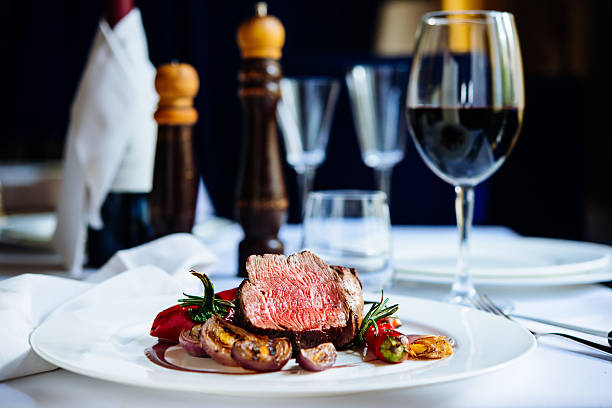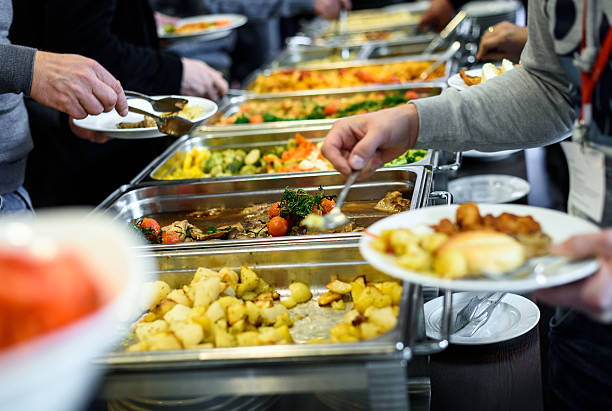The glycemic index is a measure of how fast a certain food increases your blood sugar levels, and it’s used as a reference for many Type 2 diabetics as a guide for making food choices that support a healthy lifestyle.
An even more telling indicator is the glycemic load, which measures how eating a normal portion of that same food actually affects blood sugar, by taking into account the total serving size and carbohydrate makeup of that food. It can reflect certain foods which have an outwardly high glycemic index, such as watermelon, may actually have a very small impact on the actual blood sugar, since it’s made up almost entirely of water – so there is relatively little carbohydrate content in that food to actually affect your blood sugar levels.
When looking at the glycemic load of foods, bear in mind…
- a ranking over 20 is considered a high glycemic load food;
- anything under 10 is a low-glycemic food.
You may be surprised to learn of some common foods ranking extremely high on the glycemic load but have easy substitutions which rank much lower. Check out five foods you should be avoiding – and five great substitutions you are more suitable to enjoy…
- Dates. Dates have a surprisingly high glycemic load of 42 – one of the highest of all the fruits! In many recipes calling for dates, you can easily substitute prunes, a low-glycemic load food coming in at just 10. Prunes can be delicious blended into dessert recipes or snacked on whole. Moderation, as always, is key, but they are a fantastic alternative to the cloyingly sweet date.
- Bagels. Even a 2-ounce serving of a white bagel, which is just half of a bagel, ranks a glycemic load of 23. Unfortunately for many, bagels are the breakfast of choice because they are convenient and can be taken on-the-go. Instead, choose a slice of whole grain bread, which has a much more appetizing glycemic load of just 7. Spread a bit of sugar-free jam on a toasted slice of whole grain bread, and you’ve started your day on the right foot.
- Raisin Bran. The popular breakfast cereal has “bran” in the name, so it must be healthy, right? Not necessarily. Raisin Bran is a high glycemic load food, due to the added raisins and sugars in the ingredients. However, the cereal brand All-Bran is a low-glycemic alternative, ranking at just 9. Choose this cereal instead for a high-fiber, low-glycemic breakfast.
- Snickers bar. The irresistible chocolate candy bar is not surprisingly a high glycemic load food – most junk foods are. With a rank of 19, you should know better to indulge in these, as they’ll make your blood sugar levels soar. What might surprise you is Peanut M&M’s are a low- glycemic load food, with a low rating of just 6! It’s the whole peanuts in the M&M’s bar and the low amount of added sugar helping to balance out the carbohydrate composition of M&M’s. As always, a small bit of nuts goes a long way to stabilize sugars and starches in the bloodstream.
- Pancakes. Weekend mornings are special to us because of the special rituals we indulge in – sleeping in, sipping hot coffee, and enjoying warm pancakes. Pancakes, however, rank extremely high on the glycemic load… 39! Instead, serve up a warm bowl of oatmeal, which has a glycemic load ranking of just 13. To make it special, add a few dashes of cinnamon, a drizzle of vanilla extract, and a small handful of fresh berries and nuts.




